Interchangeable lens 35mm rangefinder cameras became popular almost 90 years ago when Leitz introduced the Leica II and Zeiss debuted the Contax I. Both companies brought out full lines of lenses, and dominated the market for 35mm format. The design philosophies of the two companies were very different.
Leitz designers believed that lenses should be highly corrected with small amounts of residual aberration. Their designs made use of double-Gauss optics, lenses with highly symmetric designs. Pairs of similar image-forming optics, placed back-to-back, will cancel out aberrations.
Think of two prisms placed back-to-back: the first splits white light into a rainbow, the second prism combines the rainbow back to white light. The optical pairs are “highly symmetric”, not “completely symmetric”. In the 1920s it was found that introducing a small amount of asymmetry into the symmetric Planar formula lens allowed for much wider apertures.
The Summar, Xenon, and Summitar of the 1930s were well-corrected for distortion, highly color-corrected, and had a reputation for fine resolution. I have near-perfect examples of each of these lenses, and can attest to their optical qualities. The modern APO-Summicron demonstrates the commitment to this original Leitz design philosophy.
Zeiss designers placed more importance on producing a bright image with high contrast. The first Zeiss “objectives of extreme rapidity” were 4cm F1.4 Biotars, brought to market in the late 1920s in various Cine camera mounts. These lenses were double-Gauss designs, 6 elements in 4 groups, much like the later Leica Summar. For the Contax mount, Zeiss moved to designs that minimized the number of air/glass interfaces using groups of cemented elements in asymmetric designs. Corrections for flatness of field and geometric distortion were secondary to transmission of light.
Ludwig Bertele worked for Ernemann (Krupp-Ernemann Kinoapparate AG) and developed the “Ernostar” F2. This lens had 5 elements in 4 groups, an asymmetric 1-1-1-2 configuration, eight air/glass interfaces. Ernemann merged with Zeiss, and Bertele created their most famous lens of the 1930s by filling in the space between the 2nd and 3rd element of the Ernostar with low index of refraction glass. This reduced the Sonnar to 6 air/glass interfaces, improving transmission by almost 10%.
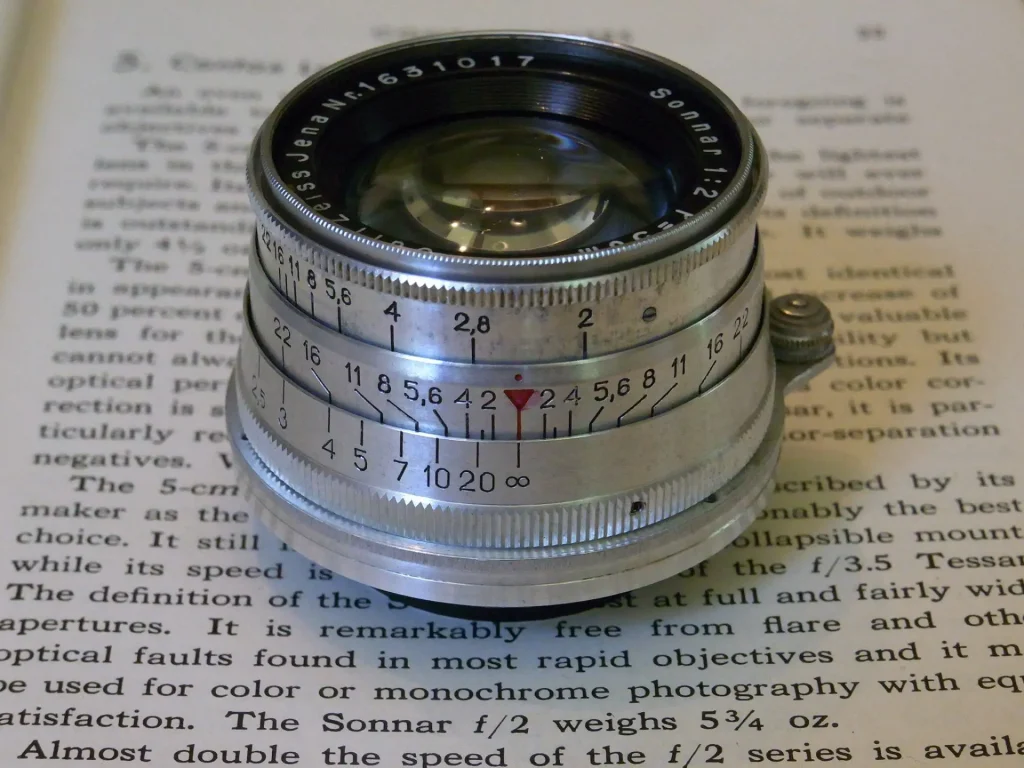
The classic Sonnar was the super-speed lens of choice of the 30s and 40s. The 5cm F2 Sonnar, introduced in 1931, was 6 elements in 3 groups, 1-3-2 configuration. The rear doublet used in the 5cm F2 Sonnar was split into a triplet, and the 5cm F1.5 Sonnar was born. The 5cm F1.5 Sonnar of 1932 was 7 elements in 3 groups, 1-3-3 configuration. Add them up- 6 air/glass interfaces for more transmission of light compared to the 10 surfaces of the Leitz 5cm F1.5 Xenon. The Sonnar is an “Asymmetric” design: the front section is a telephoto design with a focal length about 2.5x the overall focal length of the lens; the rear section is about the same as the final focal length. The front and rear sections are brought together using the lens maker’s formula, the asymmetry means they are closely spaced compared to a double Gauss. This configuration gives the Sonnar its compact attribute and optical properties.
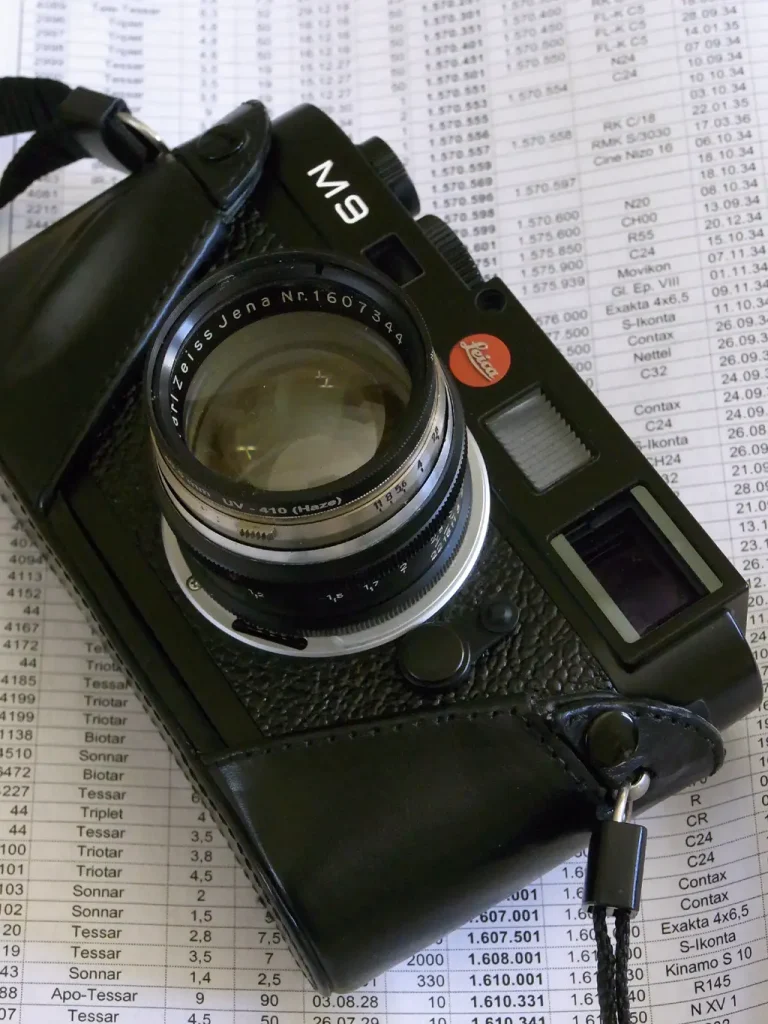
Technically, the Sonnar formula “suffers” from spherical aberration, coma, and field curvature. In practice, these imperfections produce a pleasing signature, a unique blend of “perfect imperfections”. The mechanical construction of both lenses was greatly improved in 1934, added a 40.5mm filter ring and a much easier to work on mount. Serial number for the improved design starts at “about” 1.6million. If it has a filter ring, it’s the new mechanical design. Zeiss started coating optics in 1936 to further increase optical transmission. Coated and uncoated lenses were produced concurrently.
Sonnars render images differently due to their asymmetric design. When used wide-open, field-curvature and spherical aberration spreads the depth-of-field across the frame, giving a “3-D” or “Plastic look”. A nice way of saying “soft”, but the Sonnar makes it look good. By F4, the image is sharp across the field. Used wide-open, the uncoated Sonnars have less contrast and muted colors compared to modern designs. Forget “flatness of field”- the point of best focus runs through the image like a dampened Sine-Wave. This gives rise to a unique Bokeh, full of comets and spheres circling the subject. If you plan on shooting Brick Walls, don’t use a Sonnar. Use it to capture the 3-dimensional world.
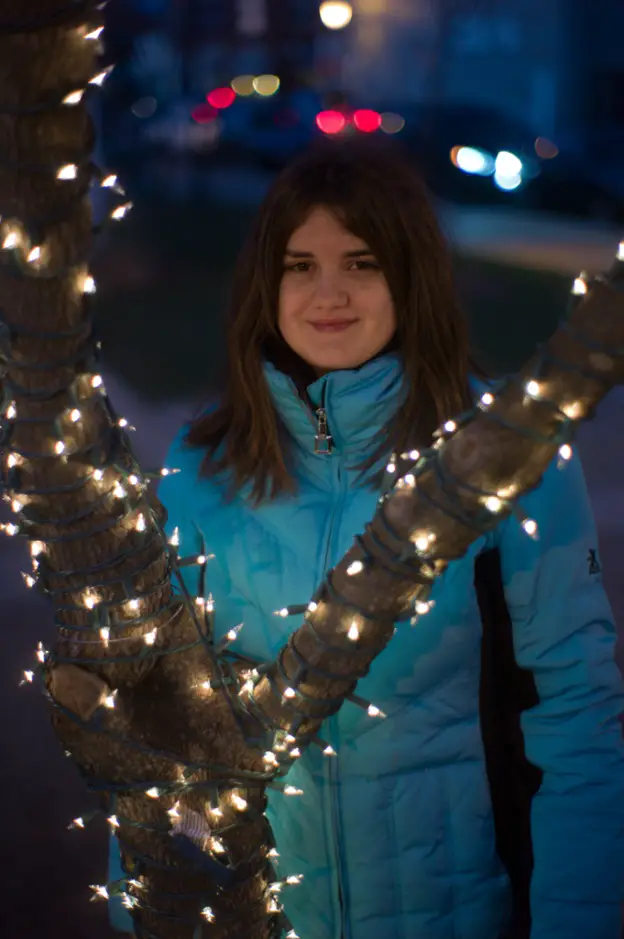
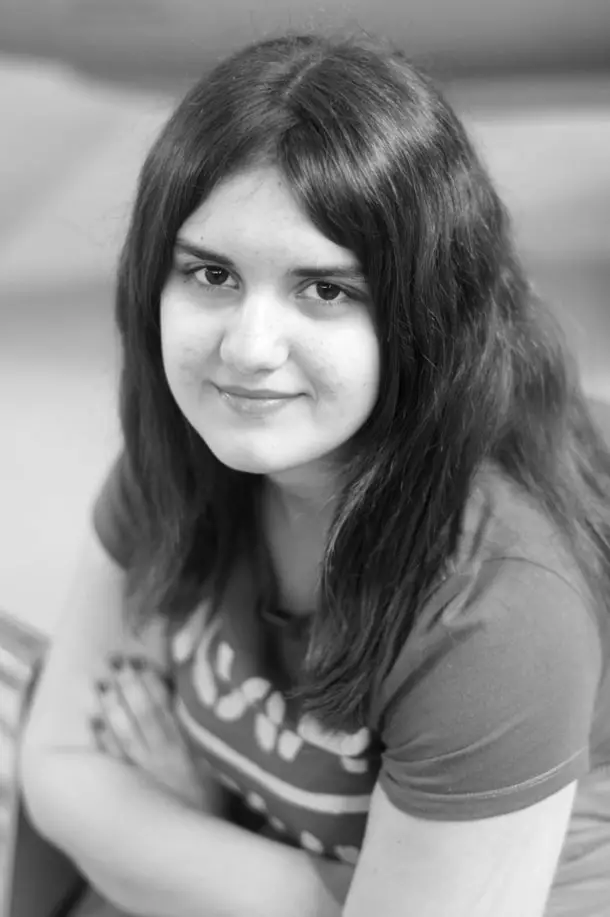
Stopping the Sonnar down to F4 increases sharpness and contrast.

Most of the pre-war Zeiss Sonnars are uncoated. Glass oxidizes with time, called “Bloom” on a lens. Early photographers noticed that older lenses tended to perform better than new ones. The “Bloom” of a lens acts as a natural lens coating and produces some beautiful colors on a modern camera. Always clean an uncoated lens with great care to leave the Bloom intact.

The Asymmetric layout and compact design of the Sonnar gives rise to its most difficult to master design flaw: focus shift. The focal length of the center of the Sonnar is longer than the focal length of the edges. This means the best focus point of light entering the Sonnar from the center is behind that of light entering from the edge. Used wide-open, the image is dominated by light coming in at the shorter focal length of the edges. This is responsible for the lower-contrast/spread-out depth-of-field of the Sonnar used wide-open. Stopping down the aperture eliminates contributions from the edge; the image that remains is the product of the longer focal-length center of the lens. It “shifts” towards infinity.
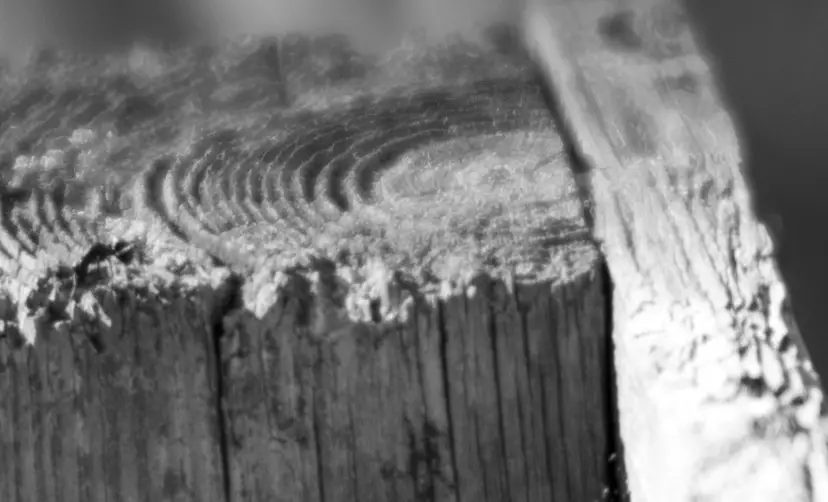
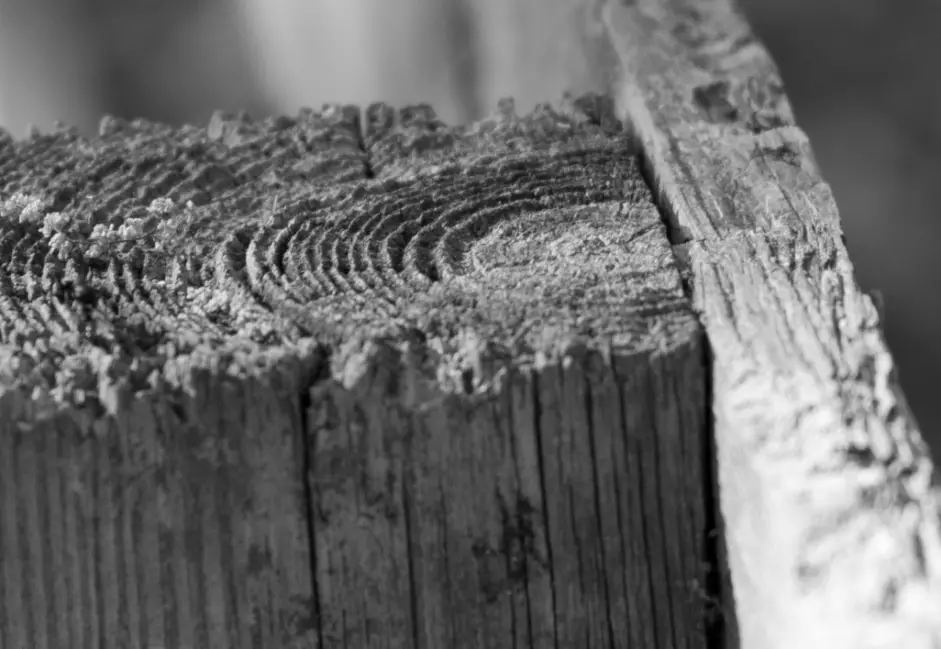
Finding an original Carl Zeiss Jena Sonnar in Leica mount is difficult: at most a couple of thousand were made during World War II and in the years following World War II. These lenses are often found in “rough” condition, metal alloys were used rather than heavy brass and nickel. Many were put together after the War, as the factories were being rebuilt – or relocated. If you find a good one, be prepared to pay as much for it as you would a new Zeiss C-Sonnar.
These lenses are all “T” (for transparent) coated optics. The construction of the wartime Zeiss made Leica mount lenses can be described as “fragile” due to the material and design of the focus mount. I have two of these wartime lenses. One was filled with sand and grit when received, and the helical was worn to the point that it required a “sleeve” for the mount to keep the RF cam aligned as you focused the lens.
Pre-war Sonnars are found in Contax RF mount and must be adapted for use on a Leica. The 5cm Contax mount lenses are “internal mount,” they use the helical built into the camera body of the Contax. The F1.5 lens used a hard glass for the front element; the F2 lens used soft glass. The F1.5 lenses that I’ve bought generally clean to crystal clarity, the F2 lens is more like the Summar – typically seen with cleaning marks and scratches. I think it very wise that Skyllaney is coming out with a new 50mm F2 Sonnar formula lens, finding clean originals is difficult.

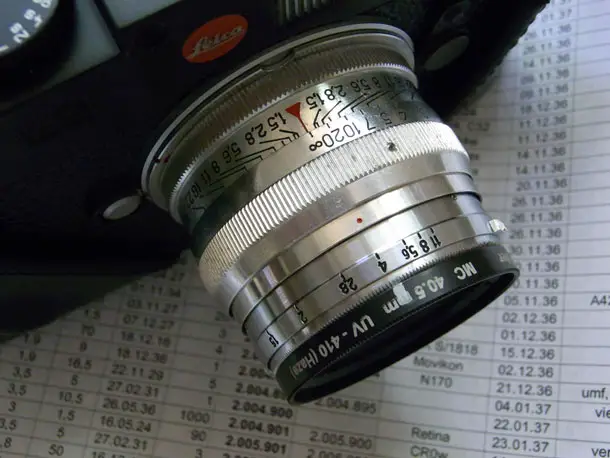


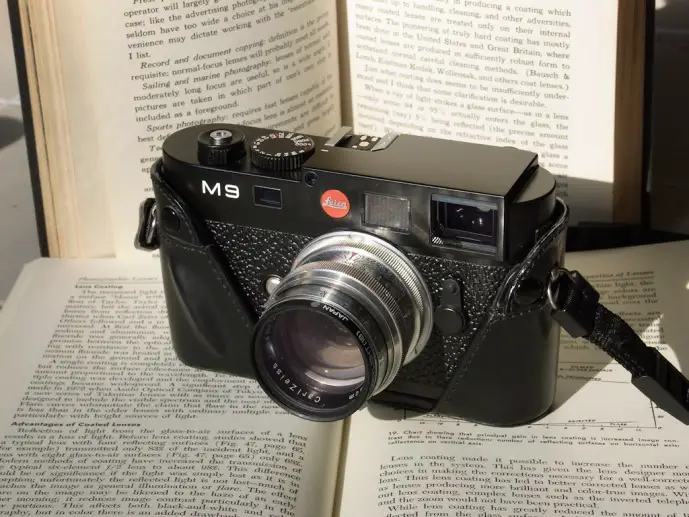
In conclusion
Sonnars render images differently due to their asymmetric design. The uncoated Sonnars have less contrast and muted colors compared to their coated counterparts. The 90-year-old design is not as sharp as the modern C Sonnar. Some work is required to adapt them to Leica mount. They are not for everyone, but if you want a classic look that’s hard to capture — they might be for you.
Skyllaney is now offering a professional service to convert the pre-war Sonnars to Leica mount. I am happy to have a professional shop to refer people to.
You can read more about Sonnar lenses on 35mmc here
And read about Hamish’s search for the perfect classic Sonnar here
Share this post:
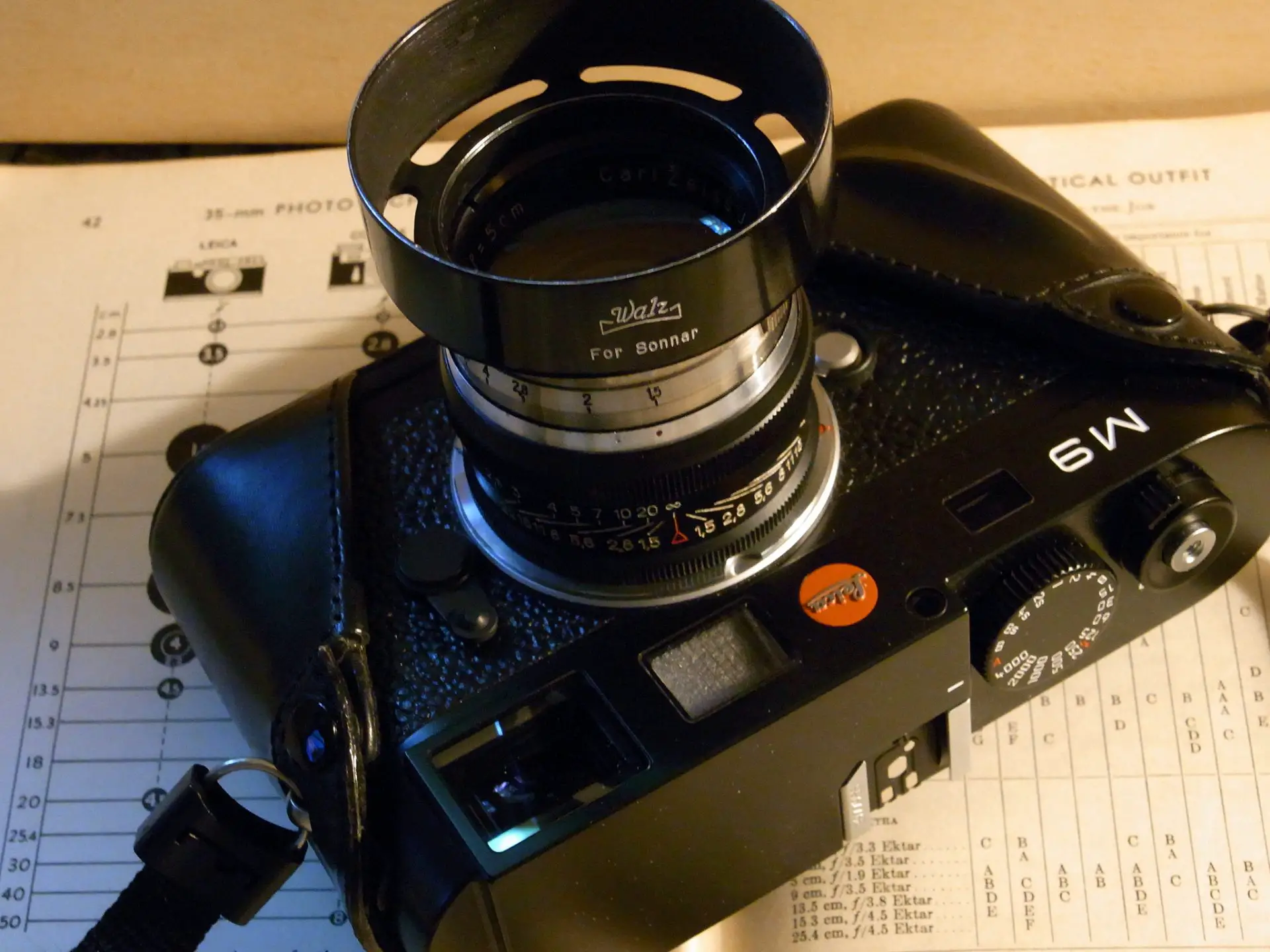
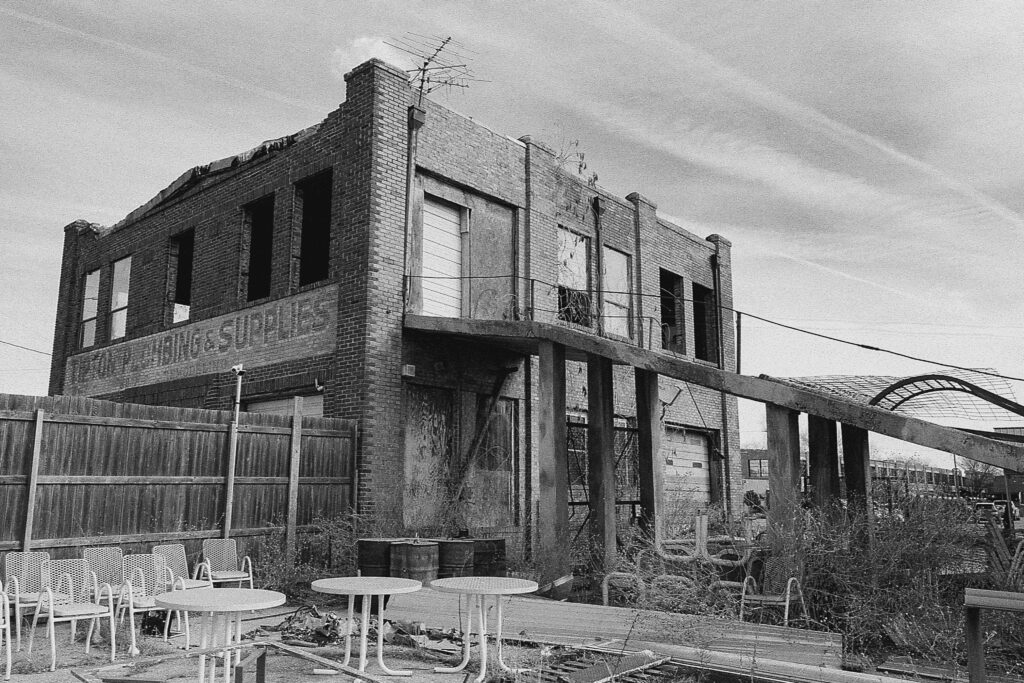







Comments
Eric Rose on Zeiss Jena 5cm Sonnars – The Magic of the Prewar Uncoated Sonnar – By Brian Sweeney
Comment posted: 29/04/2020
Thanks,
Eric
Comment posted: 29/04/2020
AG Lang on Zeiss Jena 5cm Sonnars – The Magic of the Prewar Uncoated Sonnar – By Brian Sweeney
Comment posted: 29/04/2020
The early Nikkor and Canon RF lenses were minimal tweaks of the Sonnars but obtained irregularly (some would say illegally) since Japan was most definitely NOT at war with Germany ...
Comment posted: 29/04/2020
Ashwin on Zeiss Jena 5cm Sonnars – The Magic of the Prewar Uncoated Sonnar – By Brian Sweeney
Comment posted: 29/04/2020
I am afraid this article is going to drive up the prices again :)
Comment posted: 29/04/2020
jeremy north on Zeiss Jena 5cm Sonnars – The Magic of the Prewar Uncoated Sonnar – By Brian Sweeney
Comment posted: 29/04/2020
I've never come across a better explanation about focus shift. I even had one from Zeiss which didn't properly explain it.
I have two Zeiss Sonnar 50 1.5's one a post war on a Contax iia the other a ZM on a Leica M2. I'm not analytical. I like them for what they are and just like Zeiss lenses. I generally use later designs on later cameras, Contax G, Contax RTS and 645 etc so more Planar, Biogon Distagon. I do have Sonnar 100 and 135 for the C/y mount as well as a 90G so am curious as to whether they have a similar mystique according to your good self
Comment posted: 29/04/2020
Comment posted: 29/04/2020
Comment posted: 29/04/2020
Comment posted: 29/04/2020
Comment posted: 29/04/2020
William Lewis on Zeiss Jena 5cm Sonnars – The Magic of the Prewar Uncoated Sonnar – By Brian Sweeney
Comment posted: 29/04/2020
Now hopefully prices will remain sane for me :)
Comment posted: 29/04/2020
Andrew Bearman on Zeiss Jena 5cm Sonnars – The Magic of the Prewar Uncoated Sonnar – By Brian Sweeney
Comment posted: 30/04/2020
Comment posted: 30/04/2020
Chris Andreyo on Zeiss Jena 5cm Sonnars – The Magic of the Prewar Uncoated Sonnar – By Brian Sweeney
Comment posted: 30/04/2020
I also have shared your adventures trying to find good copies of these lenses from the pre and post war era’s, I’ve been scouring the used market for several years now, and they are slowly becoming less and less available, and the ones available, more and more expensive over time. I’m still searching for the earliest Nickel version (first 600 ever made), which remains elusive to me.
Regards the bloom, I’m actually very glad you said it helps with the colours.
I have a 5cm f/2 Jena that is so ‘bloomed’ Ive been dabbling with Cerium Oxide and polishing machines to actually remove it. Now, I’m tempted to leave it there if you said it helps the colours.
I have noticed that certain Jena Sonnars seem to make absolutely lovely vintage colours, my favourites seem to be the very early T coated ones (300 series serial numbers), in the collapsible mounts for Contax cameras. Anytime it’s sunny here in England (this is rare, but it does sometimes happen), and I’m going to go outside to photography the greenery, I take a Sonnar. They seem to excel at this colourful 3D image capturing, comets and all :)
Comment posted: 30/04/2020
Paul Marbrook on Zeiss Jena 5cm Sonnars – The Magic of the Prewar Uncoated Sonnar – By Brian Sweeney
Comment posted: 01/05/2020
Comment posted: 01/05/2020
Comment posted: 01/05/2020
Rasmus on Zeiss Jena 5cm Sonnars – The Magic of the Prewar Uncoated Sonnar – By Brian Sweeney
Comment posted: 03/05/2020
In terms of colours - since there are so many factors (film stock, scanning etc) how much is it possible to attribute to a lens?
Comment posted: 03/05/2020
Skyllaney Rehoused 1930s Uncoated Zeiss Jena 50mm f/2 Sonnar on Zeiss Jena 5cm Sonnars – The Magic of the Prewar Uncoated Sonnar – By Brian Sweeney
Comment posted: 11/05/2020
Peter Boorman on Zeiss Jena 5cm Sonnars – The Magic of the Prewar Uncoated Sonnar – By Brian Sweeney
Comment posted: 03/06/2020
Comment posted: 03/06/2020
Cole on Zeiss Jena 5cm Sonnars – The Magic of the Prewar Uncoated Sonnar – By Brian Sweeney
Comment posted: 05/10/2020
I have a Jupiter 8m that I would like shimmed (I have a canon p) and I was curious if you still do these? If not, no problem. You are the consensus great online, however I have not found your contact info anywhere. I apologize for using the comment section for this request, but if you still work on Jupiter 8's and would be interested, my email is [email protected]. Thanks!